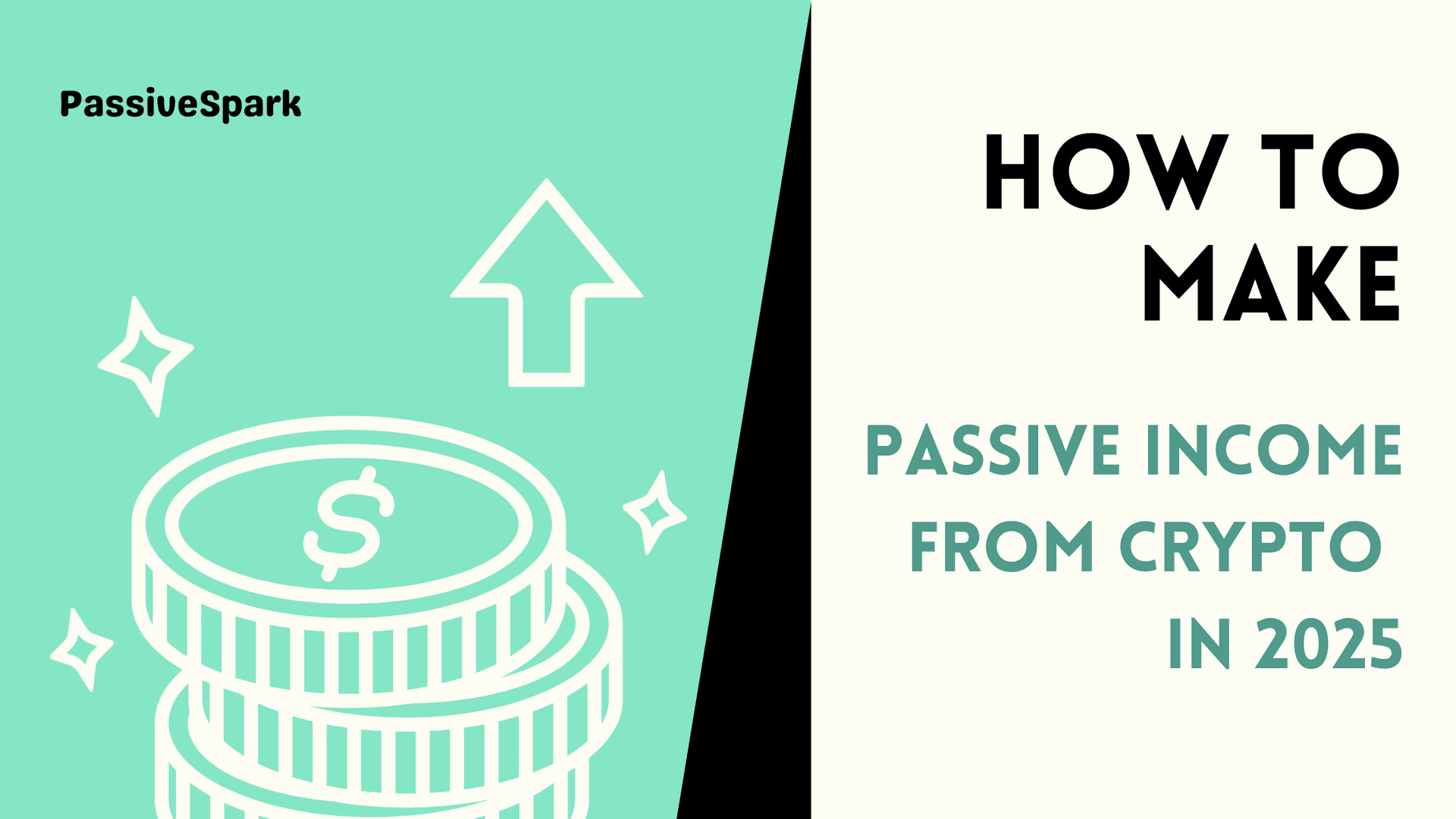Introduction
Cryptocurrencies are no longer just speculative investments; they've evolved into tools for generating real, sustainable passive income. As blockchain technology matures and decentralized finance (DeFi) grows more robust, individuals now have multiple opportunities to earn crypto rewards without constantly buying and selling coins. In this article, we'll explore the most effective ways to generate passive income with crypto in 2025, from staking and lending to newer models like NFT rentals and real-yield tokens.
Staking: Earning Through Blockchain Participation
One of the most established and accessible ways to earn passive income with crypto is through staking. This process is native to blockchains that use a Proof-of-Stake (PoS) consensus mechanism. By locking up your tokens, you support the network's operations—like transaction validation—and, in return, you receive staking rewards.
You don't need to be a tech expert to stake your crypto. Centralized exchanges, such as Coinbase, Binance, and Kraken, offer straightforward staking interfaces. Alternatively, decentralized options like Lido and Rocket Pool let you stake while retaining token liquidity. For instance, staking ETH through Lido yields stETH, a liquid token that can be used across various DeFi protocols.
If you'd like to learn more about Kraken, read my article:
Why Kraken's Crypto Exchange App Might be your Best Bet in 2025
Returns vary based on the network, but they typically range from 4% to 20% annually. While staking is relatively safe, it's important to research each network's security and validator performance to minimize risks.
Crypto Lending: Let Others Borrow While You Earn
Crypto lending is another increasingly popular method for earning passive income. Just like traditional lending, you provide funds and earn interest when borrowers pay back. Crypto lending is available on both centralized platforms (e.g., Nexo, Crypto.com) and decentralized protocols (e.g., Aave, Compound).
Centralized platforms often offer user-friendly interfaces and attractive APYs, but you need to trust them with custody of your assets, a risk highlighted by the collapse of services like Celsius in 2022. On the other hand, decentralized lending keeps you in control of your assets through smart contracts, but it requires a stronger understanding of DeFi mechanics.
Interest rates vary based on demand and the type of token being lent. Lending stablecoins like USDC or DAI typically offers more stable returns, while more volatile assets can command higher but riskier yields.
Liquidity Provision and Yield Farming: High Risk, High Reward
Providing liquidity involves depositing your crypto into a pool used by decentralized exchanges (DEXs) for trading. In return, you earn a share of the transaction fees and sometimes additional token rewards. Platforms like Uniswap, Curve, and PancakeSwap make it relatively easy to start providing liquidity.
Yield farming takes liquidity provision a step further by stacking multiple layers of earning. For example, you might stake ETH with Lido, receive stETH in return, and then provide that to Curve's liquidity pool. On top of swap fees, you may earn CRV tokens and further stake those on another platform like Convex.
This can result in significant returns but comes with complex risks, including impermanent loss, smart contract vulnerabilities, and volatile token prices. Yield farming is best suited for users with a solid grasp of DeFi and a high risk tolerance.
Dividend-Earning Tokens and NFT Rentals: Niche Yet Growing
Some crypto tokens mimic traditional dividends. Holding certain tokens—like KCS (KuCoin Shares) or GMX—can earn you a portion of a platform's trading revenue. These payouts are often distributed daily or weekly and don't require any active participation.
The NFT space is also becoming a source of passive income. Platforms like reNFT and IQ Protocol enable users to rent out NFTs, especially those used in blockchain gaming or metaverse platforms. While still a niche area, NFT rentals are expanding as Web3 gaming and digital real estate grow.
These models offer lower entry points and can diversify a passive income portfolio. However, returns are often smaller and depend heavily on the token's or NFT's market demand and utility.
Choosing the Right Platform and Managing Risk
With so many options available, it's crucial to carefully vet any platform you use. Check whether it's centralized or decentralized, whether it has undergone smart contract audits, and whether its team is transparent and reputable. Also, consider if the platform offers principal-protected investments, which guarantee the return of your initial crypto deposit.
Security should be your top priority. Diversify across multiple platforms and asset types, and never allocate more than you're willing to lose. Tools like DeFiSafety and RugDoc can help assess the risk of DeFi platforms.
Tax Implications: Don't Let Uncle Sam Catch You Off Guard
Earning passive income from crypto is often taxable. Staking rewards, interest, and yield farming returns are usually classified as income and must be reported based on their fair market value when received. If your investments appreciate and you sell your crypto, you may also incur capital gains taxes.
Countries are increasingly regulating crypto, so use tools like Koinly or TokenTax to stay compliant and automate your tax calculations. Keep detailed records of all your transactions and earnings.
Conclusion: Is Passive Crypto Income Worth It?
Earning passive income from crypto is no longer a fringe concept—it's an evolving investment strategy that offers real opportunities for those willing to learn and manage risks. Whether you're staking ETH, lending stablecoins, or diving into the frontier of NFT rentals, there's a method for nearly every risk appetite and skill level.
As the DeFi ecosystem matures, sustainable, real-yield platforms are becoming the new standard. But remember, the crypto landscape changes fast. Always do your own research, start small, and stay updated to maximize your rewards safely.

